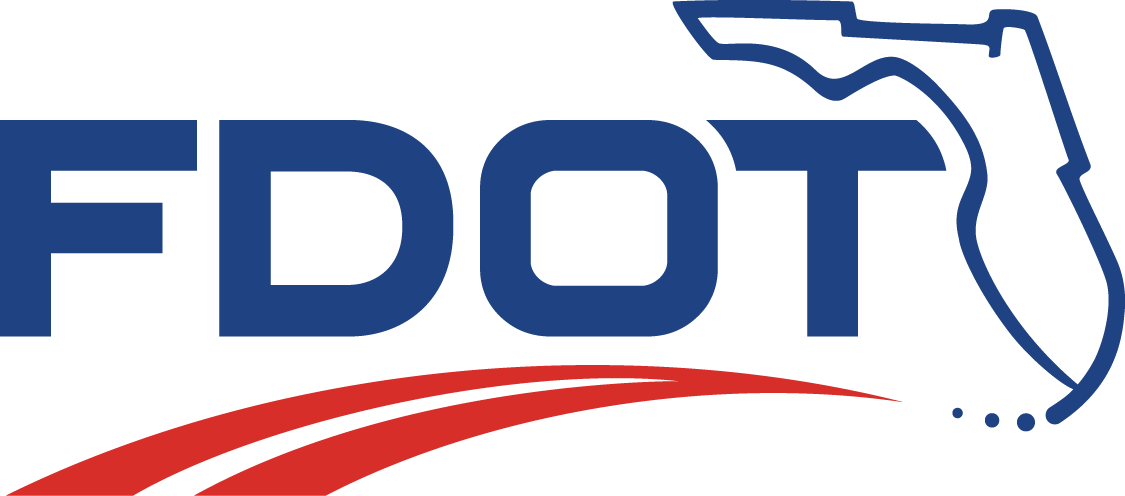Traffic Safety Priority Areas
Traffic Safety Priority Areas
The FDOT Safety Office supports a broad range of programs aimed at improving transportation safety. Each area is detailed with definitions, types of funding, resources, and other information that can assist with understanding the traffic safety priority areas that are funded. A complete list of all programs and services can be found here: Programs and Services.
Below is a description of the different types of traffic safety priority areas our grant section funds. Reviewing these sections in their entirety can assist when applying for an FDOT State Safety Office subgrant.
Aging Road Users — Programs receiving funding for this traffic safety area programs designed to improve aging road user safety awareness, access to alternative transportation, and education. More information can be found by clicking the blue hyperlink topic.
Community Traffic Safety Outreach — Includes traffic safety programs identified by local communities that address crash problems, establish priorities, and develop appropriate intervention techniques.
Distracted Driving — Includes high visibility enforcement (HVE) and traffic safety programs to increase safety awareness, prevention, and education.
Drowsy Driving — Includes information regarding the risk of drowsy-driving crashes.
Impaired Driving — Includes high visibility enforcement (HVE), youth alcohol education programs, community prevention/intervention programs, and driving under the influence (DUI) courts.
Motorcycle Safety — Includes programs to increase safety awareness and skills among motorcyclists.
Occupant Protection and Child Passenger Safety — Includes safety belt use awareness, safety belt, and child restraint enforcement, expanding child passenger safety fitting stations, and other occupant protection educational programs.
Pedestrian and Bicycle Safety — Includes programs to increase safety awareness and skills among pedestrians, bicyclists, and motorists sharing the road.
Public Traffic Safety Professionals Training — Includes training for public safety traffic enforcement officers and applicable support staff in areas such as traffic homicide investigation, traffic crash reconstruction, DUI enforcement detection, drug court training, Florida License court training, police motorcycle instructor, and traffic enforcement equipment training. Training classes should be designed to improve the skills and abilities of Traffic Enforcement Professionals as well as Crash Investigation personnel and acquaint them with the new technology, theories, and techniques in their areas of practice.
Speed/Aggressive Driving — Includes speeding and/or actions that constitute aggressive driving, red light running, and other traffic enforcement activities.
Teen Driver Safety — Includes traffic safety programs to increase teen driver safety awareness, prevention, education, and enforcement operations.
Traffic Records — Includes the addition of crash, citation, roadway, and Emergency Medical Service (EMS) data into an electronic record management system, the development of a comprehensive highway safety information systems and the automation of analytical processes.
Traffic Records Coordinating Committee (TRCC) — he National Highway Traffic Safety Administration (NHTSA) awards additional funding that can only be used for Traffic Records with the condition that the distribution of these funds must be made by a TRCC.
Work Zone Safety — Includes traffic safety programs to increase work zone awareness, enforcement, and education.
Page updated: December 1, 2023

